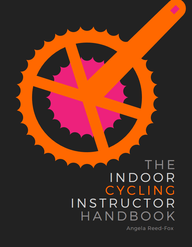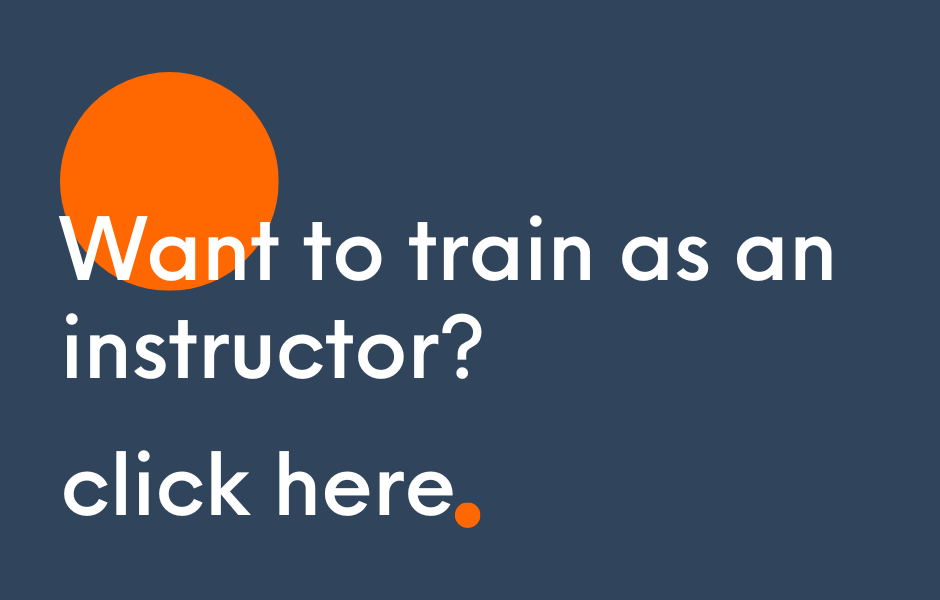by Angela Reed-Fox What makes you tired during your indoor cycling workoutYou know it, you've felt it, and you've also inflicted it on your riders. That feeling of exhaustion when you just. can't. push. anymore. So what is it? It's simplistic to assume that your muscles are fatigued, you've run out of fuel, or you've damaged muscle fibre with the build up of protons and lactic acid. Several clinical trials have been done on athletes, and the results were interesting; rather than reinforcing Archibald Hill's theory that when athletic limit is reached the oxygen use plateaus as the cardiovascular system is unable to supply the required oxygen to tissues, the reverse was the case - and athletes were low on muscle fuel (ATP, glycogen, fat) but not deficient. What does this mean? It means that unlike Hill's theory, athletes were not forced to stop when they ran out of fuel - they ran out earlier. What does that mean? It means something else, another factor, was forcing them to stop. Although everyone has a physical limit to what they're able to achieve, we tend not to reach it. Why? It is likely that the brain recognises hard effort and 'hedges' by forcing the body to stop before damage occurs. This makes sense - the brain does have powerful 'overrides' for physical functions. For example, if you stretch your hamstring now, as you're reading this. Your stretch receptors will prevent your from stretching too far and dmaaging yourself. But if you now stretch your quad, and then go back to stretching your hamstring - you'll be able to stretch further as the stretch receptor will not kick in so quickly. So the stretch receptor will prevent you from damaging your muscles by 'hedging' - preventing you from even reaching the point where damage could occur. In the same way, it's thought that the brain prevents the body from exerting to its physical limit for the same reason. So, what can you do? There are various ways of training mind as well as body. Professional athletes have assistance from psychologists to help them up their game. What can you do if you don't have a tame psychologist? Well there are a few things you can try with your riders. Here's one: The ten second rule This is not about when it's safe to eat food that's been dropped on the floor... No, when you're coaching really intense intervals, encourage your riders to push as hard as they can, and when they get to their limit ask for just 10 more seconds, and then they can recover. (Or just 5 seconds if it's a super-intense shorter interval). The idea is that your riders are in control and know they can have a recovery, but the few extra seconds seems reasonable, although hard. If you make this a frequent challenge, they'll be able to push harder for longer. Indoor cycling instructor? Click below for free CPD resources. Your venue can also receive information on how we can help improve customer registration, retention, engagement and profitability.
0 Comments
Leave a Reply. |
Categories
All
|
Quick links
Get started
|
Find what's right for you
|
Courses
|
Further learning
|
More
|
The Indoor Cycling Institute provides the most comprehensive and up to date indoor cycling instructor training; providing entry-level courses, and further education to raise the standard of instructors.
© 2014-2024 Protheorem Ltd
The Indoor Cycling Institute is owned and operated by Protheorem Ltd Registered in England & Wales, Company number 12812092
The Indoor Cycling Institute is owned and operated by Protheorem Ltd Registered in England & Wales, Company number 12812092




